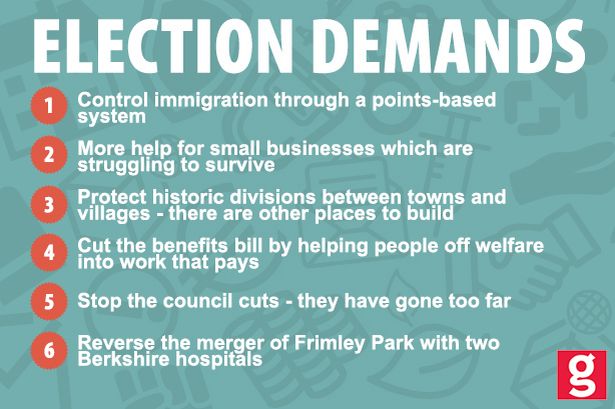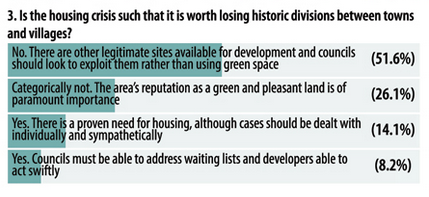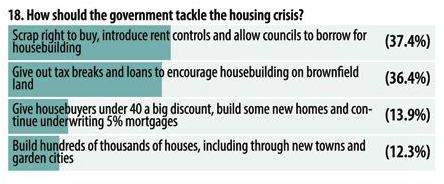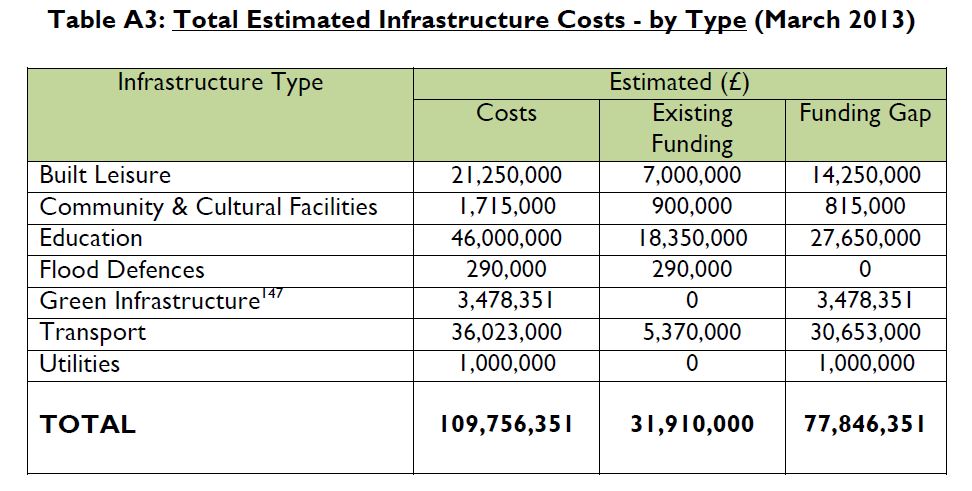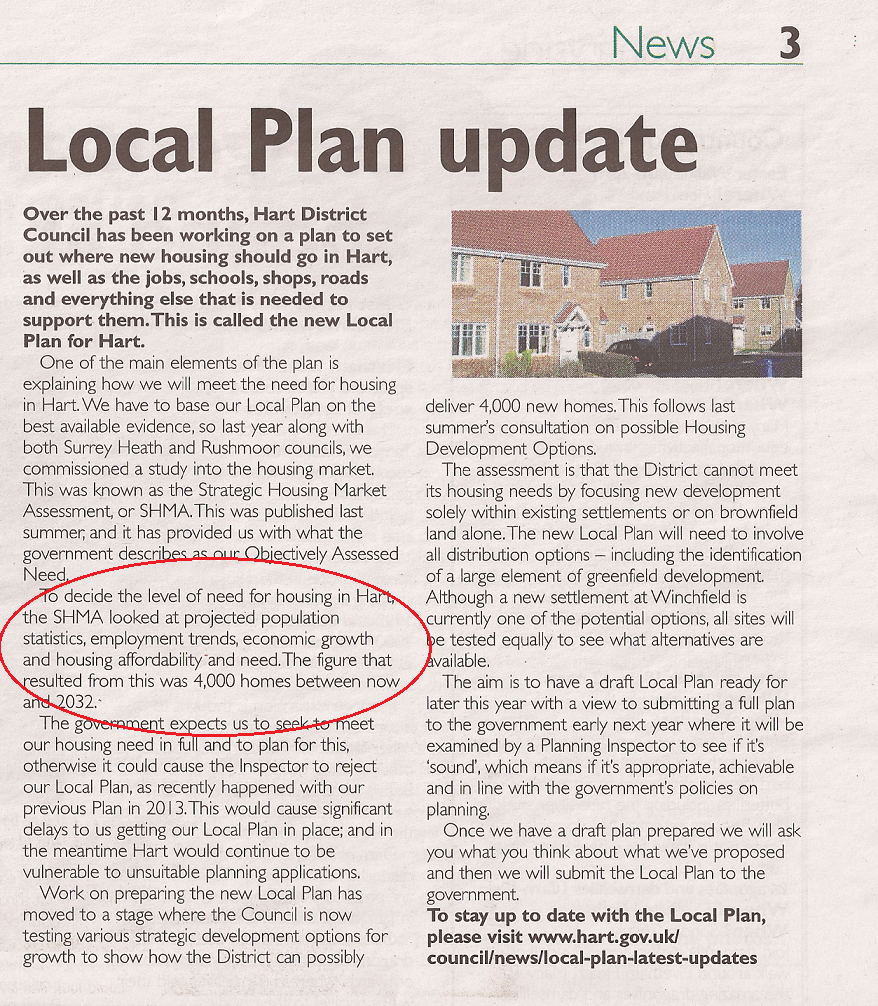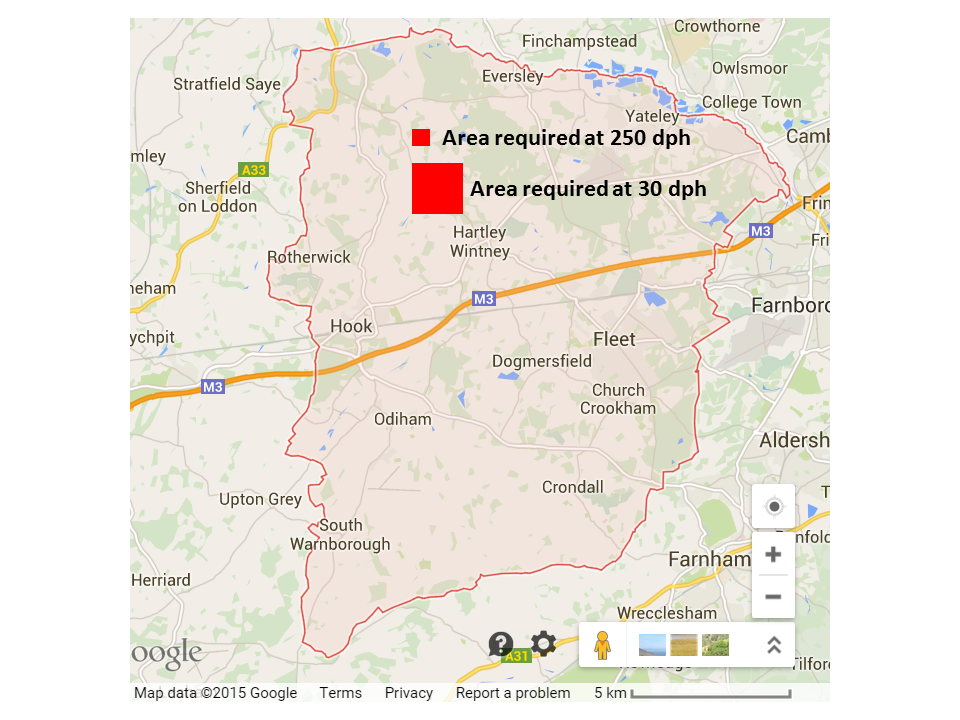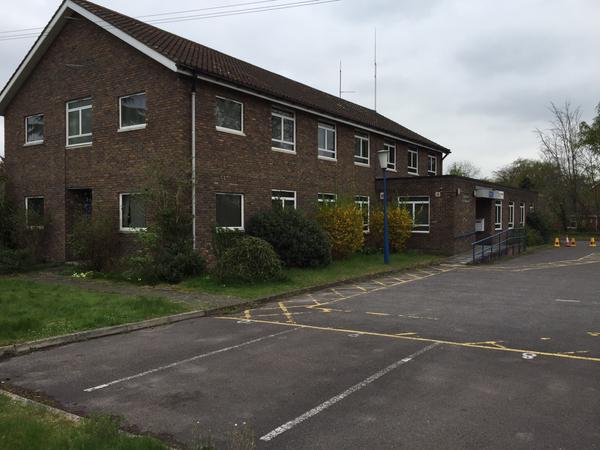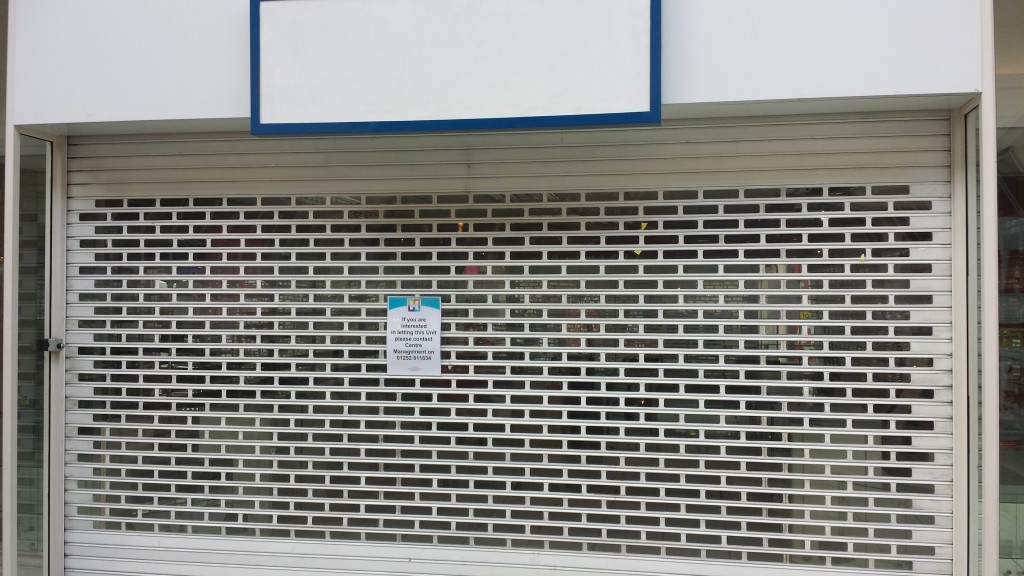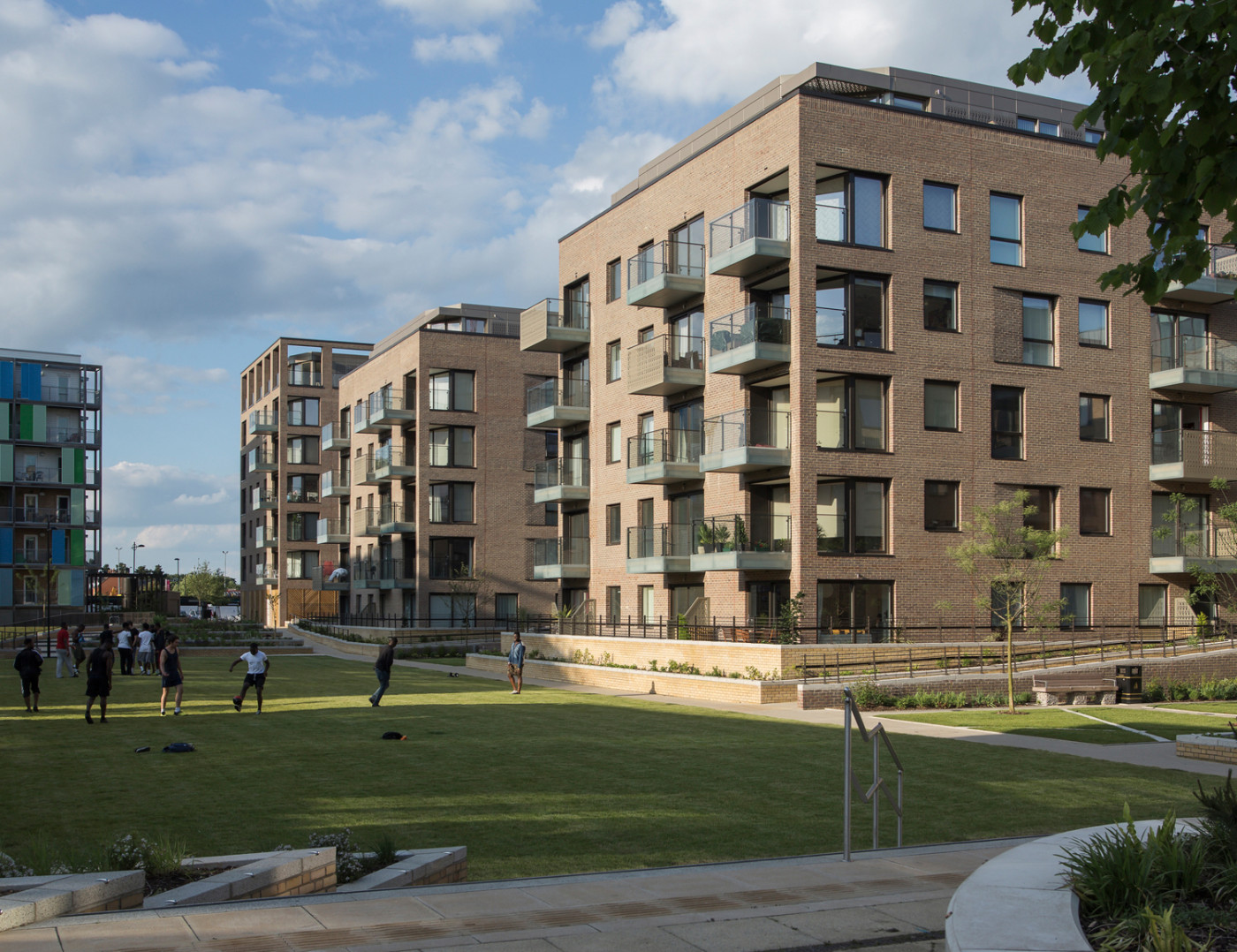A survey of Hampshire residents by Get Hampshire has shown the protection of our green and pleasant land and historic towns and villages is a key election issue. This issue ranked third behind controlling immigration and helping our small businesses.
Looking at the questions and answers in more detail, a staggering 77.7% of people thought either that our green and pleasant land was of paramount importance or there were other legitimate sites available for development that councils should look at rather than using green space.
This shows an overwhelming majority in favour of protecting our historic towns and villages and protecting our green fields from over-development.
Only 12.3% of people wanted us to build thousands of houses in new towns and garden cities, whilst 36.4% of people wanted tax breaks to encourage building on brownfield sites.
Surely it is time for Hart District Council to think again about a new town at Winchfield, reject Option 4 and focus instead on creative use of the many brownfield sites in the district. Time also for Ranil Jayawardena and Gerald Howarth to take a message back to Conservative Central Office (and Parliament if they are elected) about changing the National Planning Policy Framework to reduce the pressure on local councils.
Focusing on brownfield and regeneration of our town centres will make better use of that land and build more critical mass to support the local retailers so would help with meeting two of the top 3 election issues.
If you would like to join our campaign to ask Hart Council to think again, please sign and share our petition:
As an addendum, protection of greenbelt by building on brownfield sites is a key issue for Surrey residents too.
